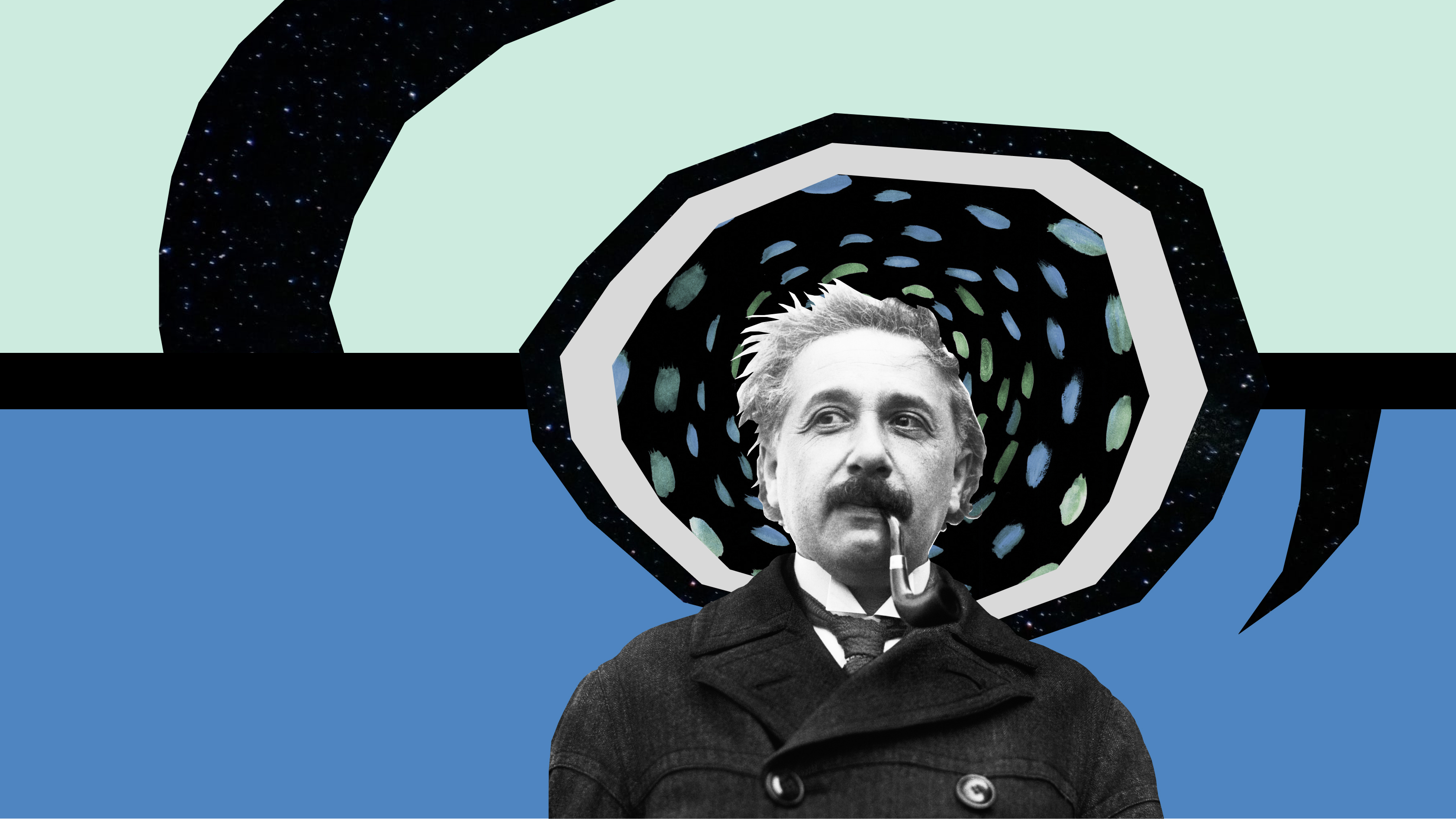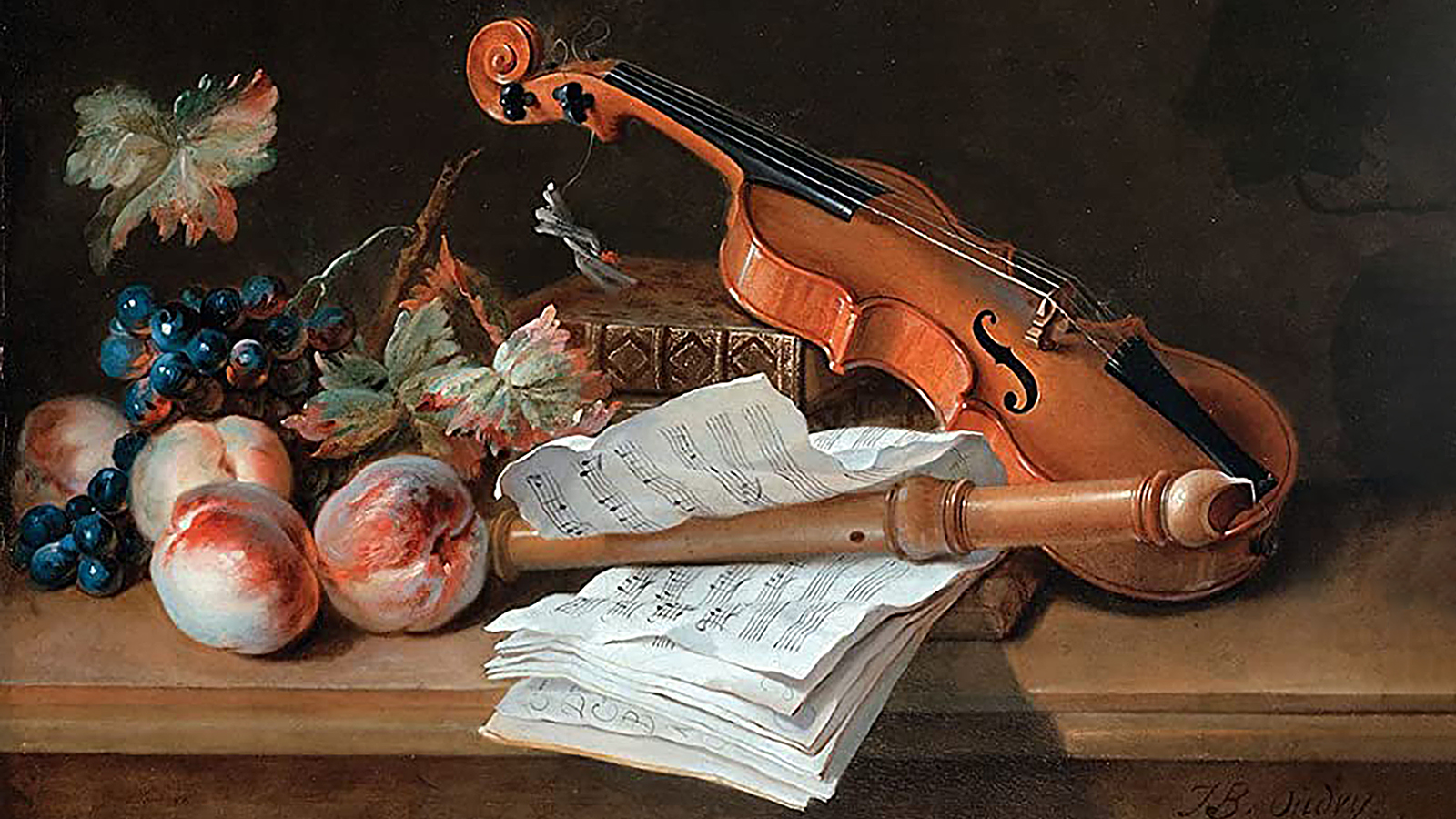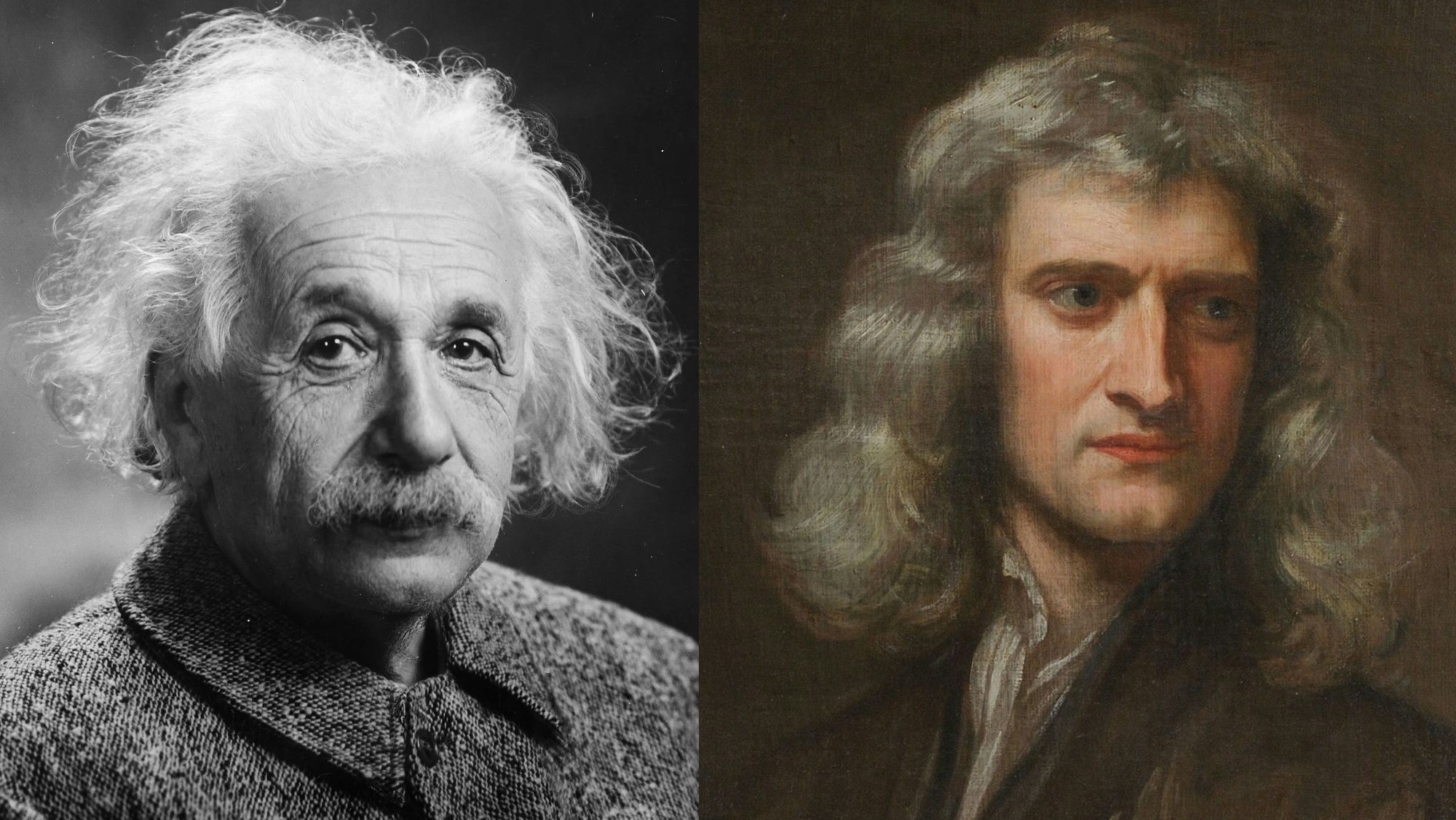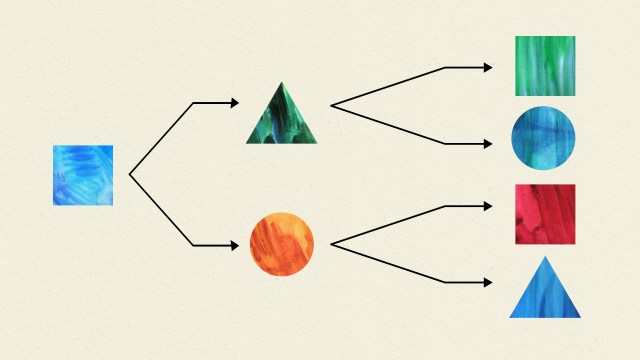In search of Einstein’s brain
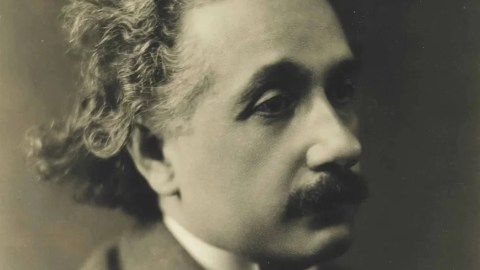
When Albert Einstein died of an aortic aneurysm on April 18, 1955, the Princeton Hospital pathologist on duty, Thomas Harvey, removed the great man’s brain. Harvey, acting without the family’s permission, seemed to think the brainiac’s grey matter would reveal the anatomy of genius—if only somebody could uncover it.
Mathematician Brian D. Burrell, despairing of his calculus students bemoaning that they aren’t “Einsteins,” writes about the tradition of examining the brains of intellectuals in the search for intelligence. He explores the surprising travels and travails of Einstein’s brain, “a fate this is at once strange, sad, and fraught with ethical complications.”
Einstein had wished to be cremated, but Harvey kept the brain and refused to surrender it to the hospital. Tissue samples are not considered the property of the attending pathologist. Harvey did, however, ultimately get permission from Einstein’s son to use the material for scientific purposes. Part of the brain was preserved in a jar and the rest dissected in the University of Pennsylvania’s pathology lab:
Under Harvey’s exacting instructions, while using the best practices at the time for neurological tissue preparation [technician Marta] Keller spent the next eight months dissecting parts of the cortex, embedding 240 numbered chunks of it clear plastic material called celloidin and mounting 12 sets of microscope slides with stained tissue slices.
Harvey sent some of this material to other scientists, but they found nothing of note. He was fired from Princeton Hospital in 1960 and took what he had of the brain with him as he drifted away from medicine. Characterized by Burrell as “eccentric but scrupulous,” Harvey sometimes hoarded his jars of brainy stuff in a beer cooler.
Nobody seemed particularly interested until the mid-1980s birth of Einstein brain studies, but since then, there have been periodic reports purporting to explain Einstein via what remains of his brain. “Unusual features in the physicist’s parietal lobes” teases the report on a 2009 paper, adding to the rare knobs and grooves highlighted by others. Burrell, hardly alone, is skeptical of what he calls “flawed brain studies that have collectively spawned what one critic has ruefully termed a ‘neuromythology’ of genius.”
“Half a dozen reports on his brain, each highlighting a different anatomical feature as the possible fount of his brilliance, have come forth—all to great media fanfare,” Burrell writes. “None has revealed a credible anatomical basis for the man’s aptitude.”
Harvey ultimately returned the brain parts to Princeton Hospital’s successor institution, the University Medical Center of Princeton. Meanwhile, the National Museum of Health and Medicine in Silver Spring, MD, has some 500 slides, plus the calibrated photographs Harvey took. “Other slides and bits and pieces are distributed among a dozen museums and university researchers.”
One thing does jump out it all this. Harvey’s photographs of the brain showed that the famously big-brained Einstein…actually had a physically small brain.
But some people really, really want a genius’s brain to be different from the rest of ours. One of the first to be so treated was the German mathematician Carl Friedrich Gauss, who died in 1855. The anatomist who got Gauss’s brain ended up examining 964 other brains, including the poet Bryon’s and the naturalist Cuvier’s, as well as manual laborers and cleaning women. The trouble was, this anatomist found similar features in people from all walks of life.
“Despite enthusiastic efforts over the past two centuries to discern the anatomy of talent or genius, scientists are not much closer to finding it now than they were in the 1800s,” Burrell notes.
We don’t know who, if anyone, is born with a “math” or “genius” brain, concludes Burrell, and it probably doesn’t matter. “Behind the great achievements of a Gauss or an Einstein is in all cases a life devoted to contemplation, curiosity, collaboration and, perhaps most of all, hard work.”
This article appeared on JSTOR Daily, where news meets its scholarly match.
